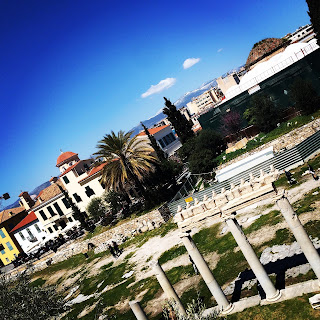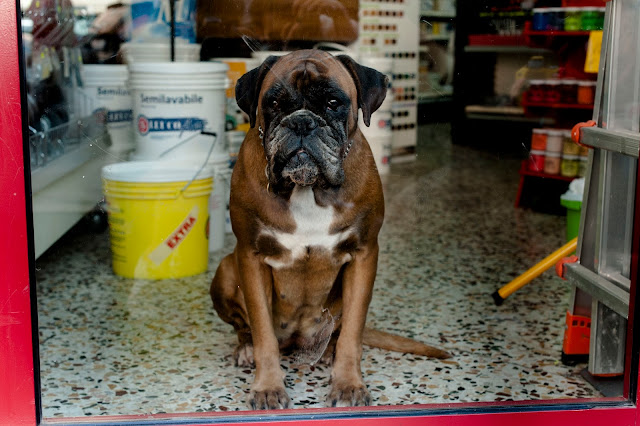This is a picture taken by Burt Glinn. It is a celebration of a football team winning a game. The players are all celebrating together, but the main focus is of one football player with a cheerleader hugging each other, about to kiss.
Thursday, September 29, 2016
Sami
This is a photograph taken by Bruno Barbey. It shows a couple hugging with the city of Shanghai in the background. The couple is the main focus of the camera, and the city and water are both blurry in the background.
Flavia
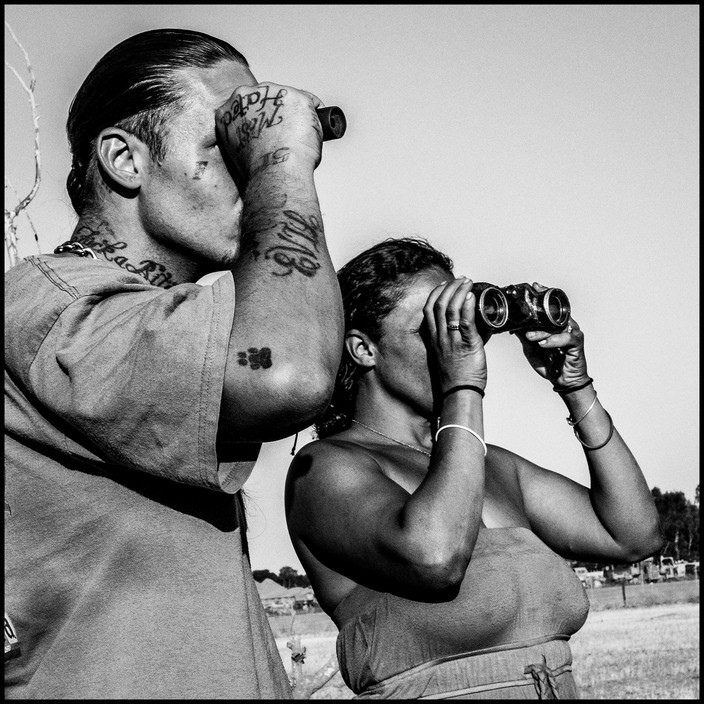
Matt Black's
A man and a woman are looking through a binoculars. We have a vertical line that divides the photograph in halves. That goes from up above following the line of the man's arm and the woman's shoulder/ back. The horizontal line divides the photo in two other halves, and goes from the right shoulder of the man, following the arm, and towards the woman's head and her hands holding the binoculars. So we have 4 squares as composition of the photo, which is a square too.
Wednesday, September 28, 2016
Marissa
Sept 29 On site class
I confirm the on site class
Meeting point out of the Piramide Metro station at 12:45 I will wait untill 13:00
I will give soon further information by e-mail
if you delay 3285814408
Meeting point out of the Piramide Metro station at 12:45 I will wait untill 13:00
I will give soon further information by e-mail
if you delay 3285814408
Mike D
I have some pictures by George Roger
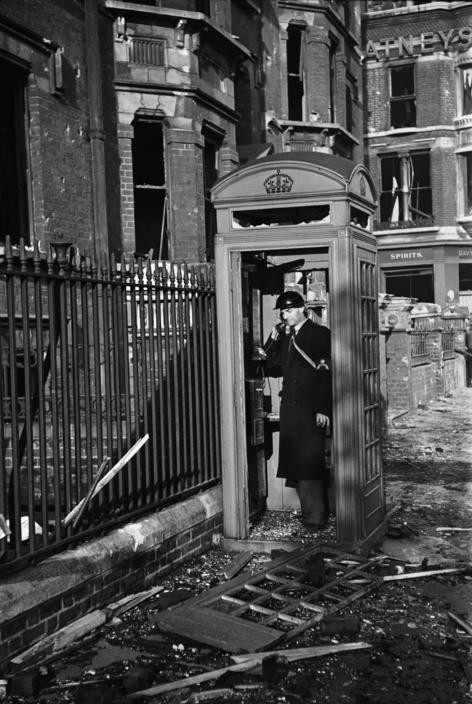
In this picture I see a man talking in a phone booth in a bombed out neighborhood after a Nazi bombing raid during WWII. There is debris all over the ground and all of the glass that used to be in the windows is now gone. The lines I see in this picture include vertical lines on both sides of the phone booth and one on the gutter just to the left of the phone booth, horizontal lines at the top of the phone booth and the bottom of the mans coat, and even a diagonal line that follows the fence on the left.
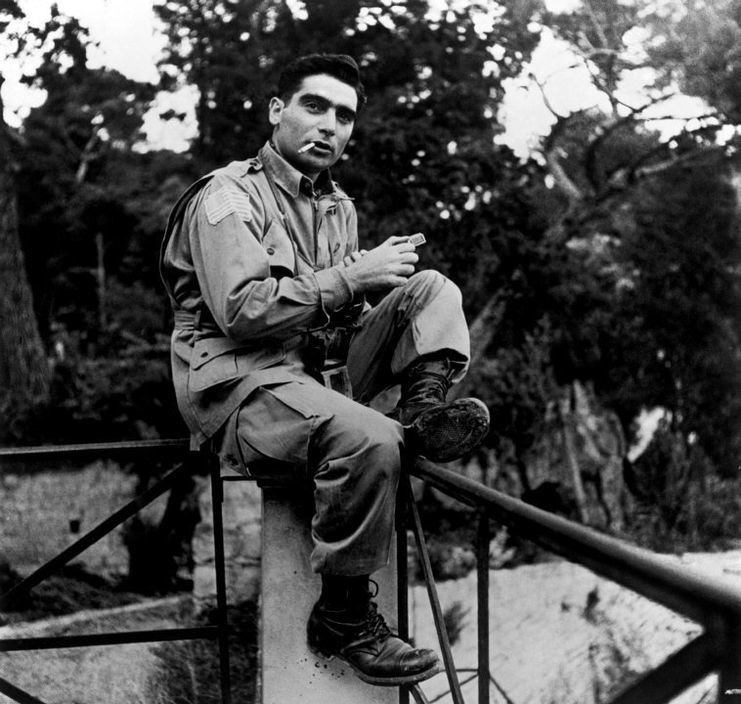
Here is an American soldier during WWII in Italy sitting on a wall while smoking a cigarette. The lines that I see in this picture include vertical lines on the mans back and by his foot that's on the wall, horizontal lines at the top of his head, the top of his knee, and the bottom of his foot, and there are diagonal lines that follow the top parts of the wall

In this picture I see a man talking in a phone booth in a bombed out neighborhood after a Nazi bombing raid during WWII. There is debris all over the ground and all of the glass that used to be in the windows is now gone. The lines I see in this picture include vertical lines on both sides of the phone booth and one on the gutter just to the left of the phone booth, horizontal lines at the top of the phone booth and the bottom of the mans coat, and even a diagonal line that follows the fence on the left.

Here is an American soldier during WWII in Italy sitting on a wall while smoking a cigarette. The lines that I see in this picture include vertical lines on the mans back and by his foot that's on the wall, horizontal lines at the top of his head, the top of his knee, and the bottom of his foot, and there are diagonal lines that follow the top parts of the wall
Tuesday, September 27, 2016
28 Sept
I confirm the on site class
Meeting point out of the Piramide Metro station at 12:45 I will wait untill 13:00
I will give soon further information by e-mail
if you delay 3285814408
Meeting point out of the Piramide Metro station at 12:45 I will wait untill 13:00
I will give soon further information by e-mail
if you delay 3285814408
Sunday, September 25, 2016
Friday, September 23, 2016
Next class
The next class will be propably an on-site class. Please check the class blog on Monday!
If the weather will be good we will go...
If the weather will be good we will go...
Thursday, September 22, 2016
Magnum Link
https://www.magnumphotos.com/photographers/
Homework: Please select one Photographer in the list and post some pictures with a short caption under each picture.
In the caption describe the photo... what you see in the photo and not what you think about it.
Show the grid and the lines and if you are able the technique.
today class
Meeting point at Fiorentini,
then, at 1:00 we will go to the Gianicolo.
Come with the camera charged, please.
then, at 1:00 we will go to the Gianicolo.
Come with the camera charged, please.
Wednesday, September 21, 2016
Thursday, September 15, 2016
Jeremy
HQ vs RAW vs RAW+HQ
I took three photos using different settings on my Olympus E500, going from lowest quality to highest. The Olympus model I have is somewhat old and didn't have the same settings available that the professor asked for, but I tried a couple different ones and these seemed to be the closest to what he was looking for.
The first is framed slightly differently from the second and third, but if you look at these photos on a large screen instead of just the thumbnails there is a very clear difference in resolution between them. There was no editing done on these.
HQ
RAW
Alyssa A
When using a
digital camera one has three options to save a photo, RAW, JPEG, or TIF.
1.
RAW: Claimed to be the best way to save a photo. For three
reasons,
a.
Using
RAW one can adjust the white balnce of a photo.
b.
Using
RAW one has more freedom to adjust exposure and colors. JPEG you cannot change.
c.
Using
RAW there is mire room to make general color adjustments.
2.
JPEG : is a
compresed version of a photo and is the most commonly used format, but there is
little adjusting to be done to the photo after it is taken compared to a RAW
image.
3.
TIFF : standard for publising and printing photos. A TIFF
file can be compresed and not lose any quality buti it is larger than a JPEG
file.

CCD (Charged Coupled Device) and CMOS (Complementary Metal Oxide Semiconductor) are two kinds of sensors cameras can use. These take the light within the picture and transform it through electrical sensors to present an image on the camera. CCD’s use the light and pass is through the chip and is processed and displayed. CMOS use a chip in addition to transistors to process the image. CMOS use less power and are much cheaper.
These are two pictures I took on my iPhone in Mykonos Greece this weekend. I am still waiting for my camera to come through customs!
Subscribe to:
Comments (Atom)








